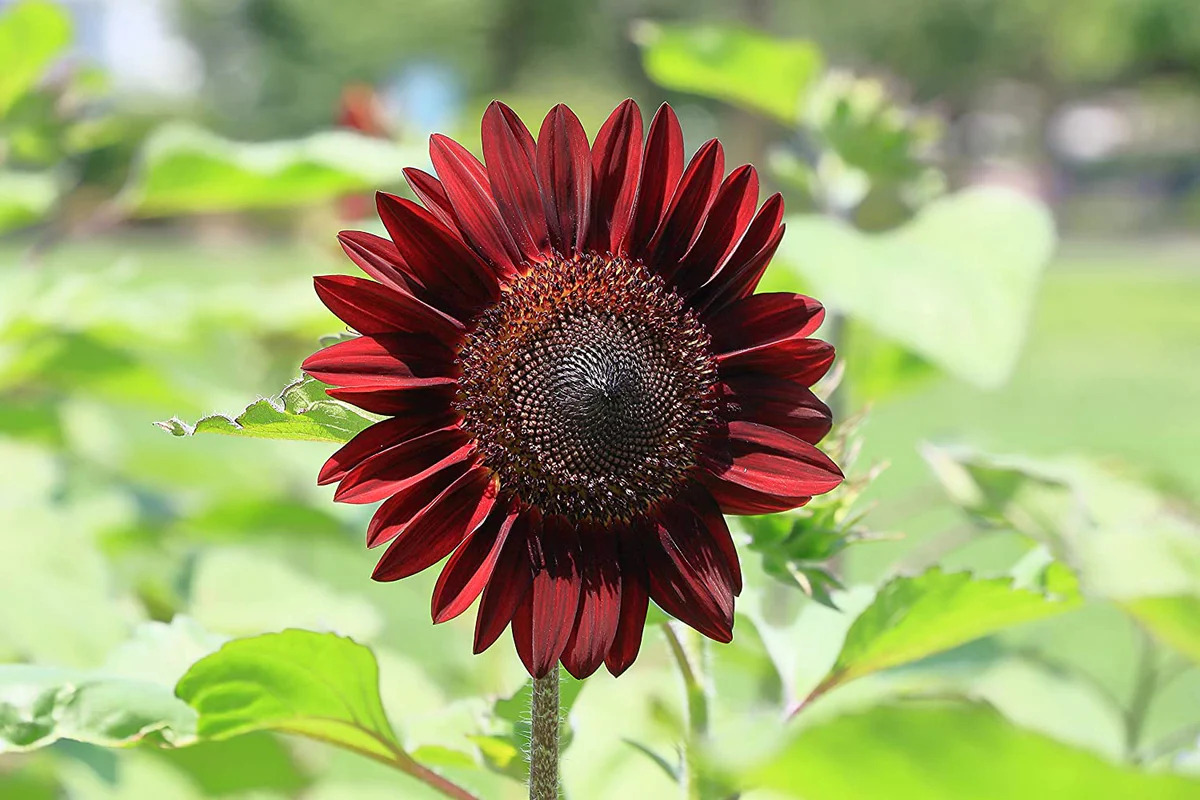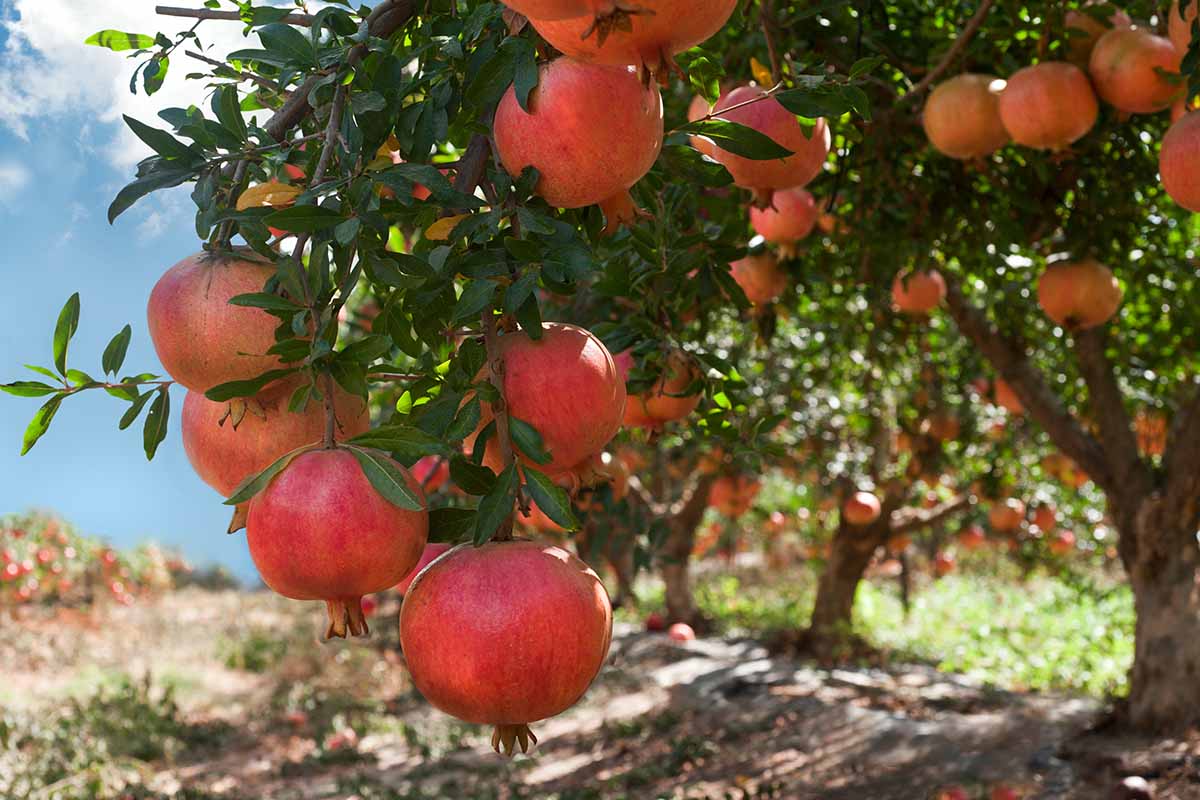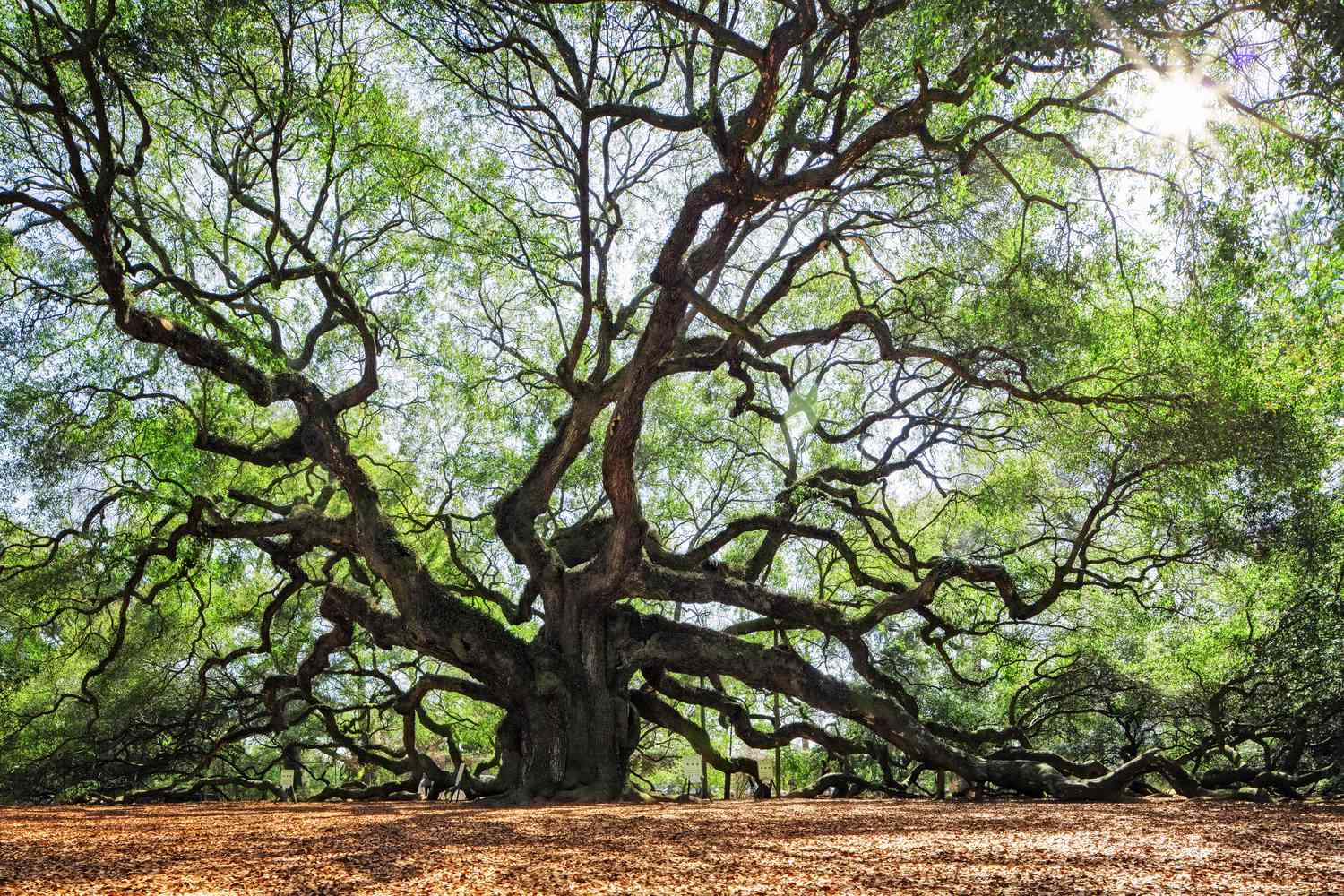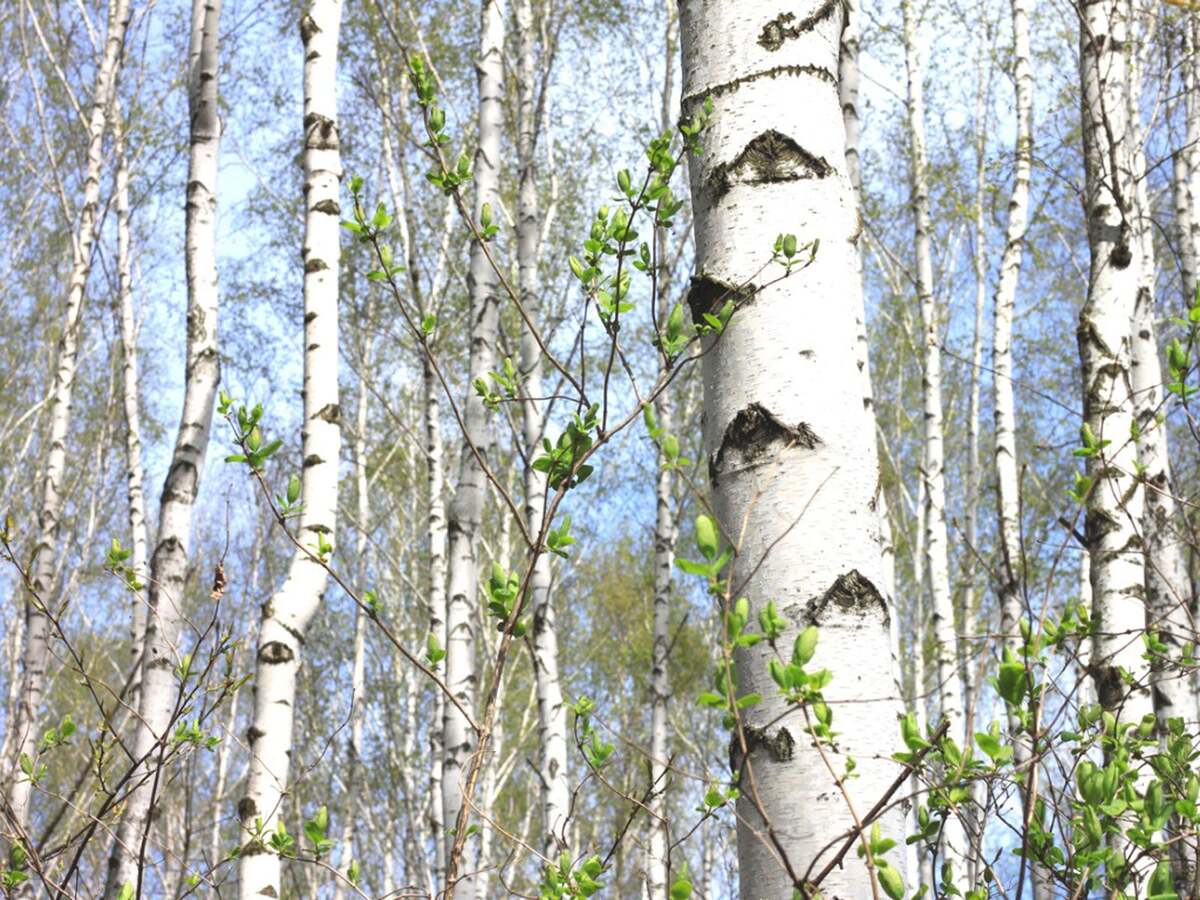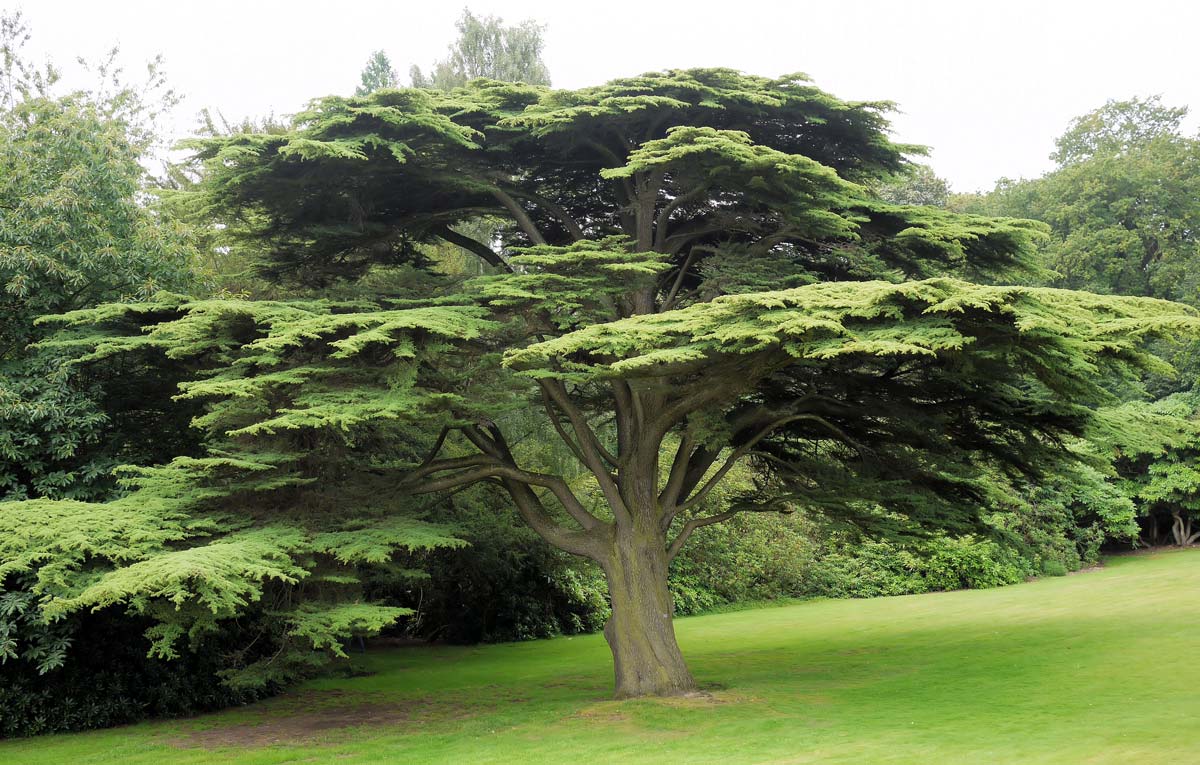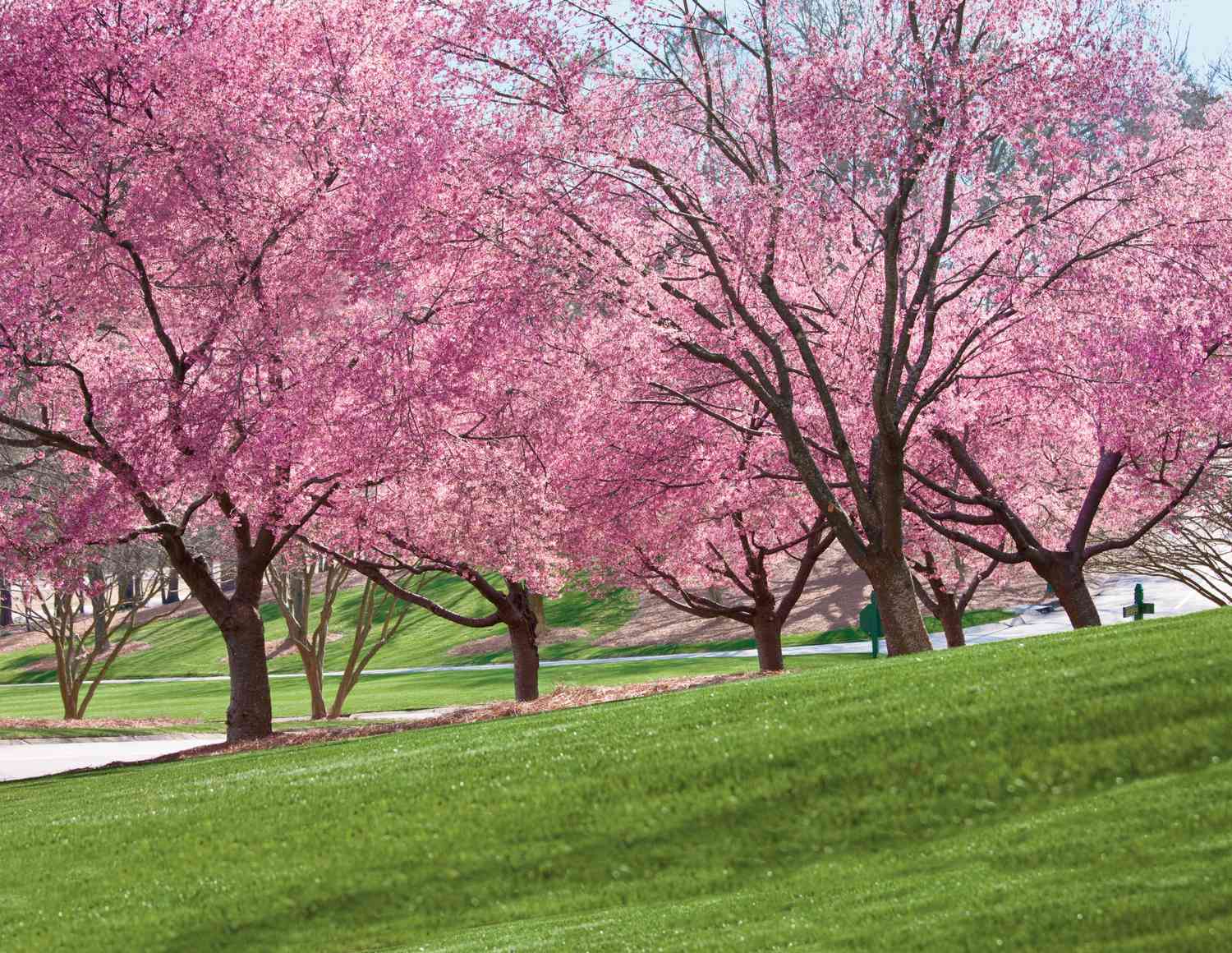Home>Gardening News and Trends>Latest News>How Tall Do Pine Trees Get
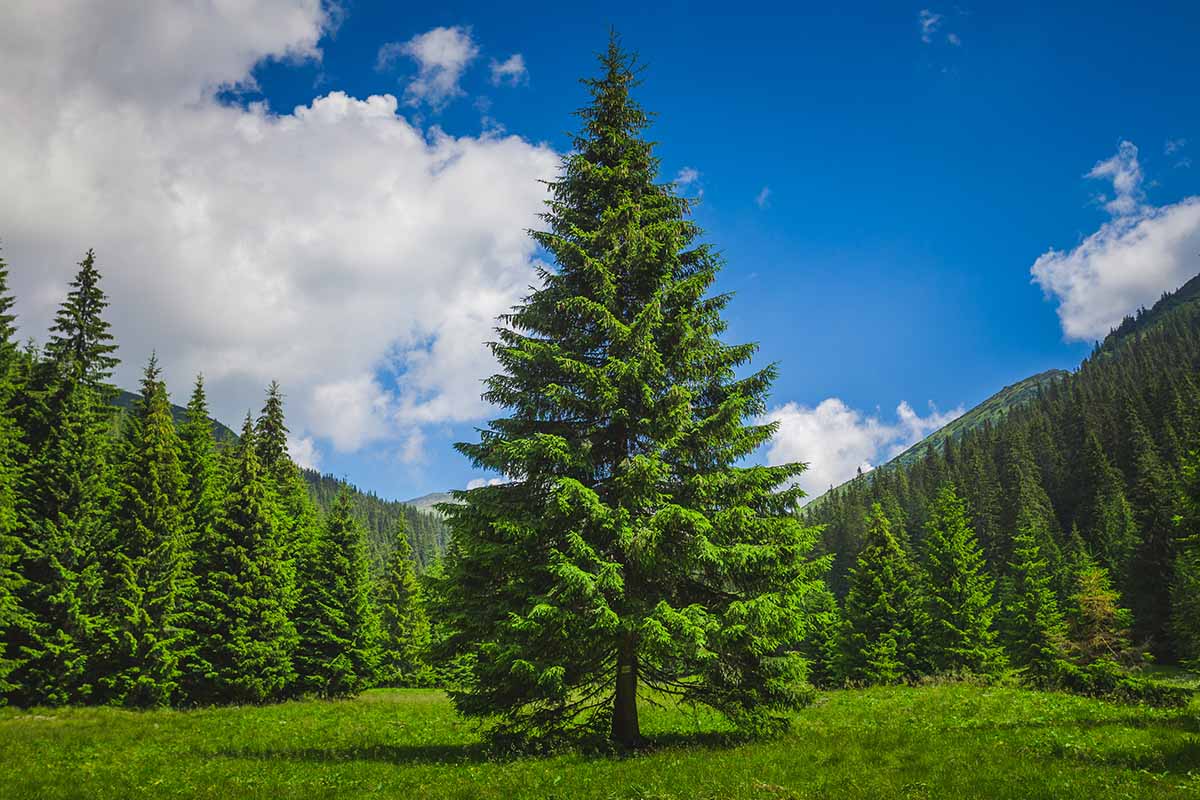

Latest News
How Tall Do Pine Trees Get
Modified: January 22, 2024
Discover the Latest News on How Tall Pine Trees Can Grow and Learn Fascinating Facts about Their Impressive Heights. Find Out More!
(Many of the links in this article redirect to a specific reviewed product. Your purchase of these products through affiliate links helps to generate commission for Chicagolandgardening.com, at no extra cost. Learn more)
Table of Contents
Introduction
Pine trees are known for their majestic beauty and tall stature. These evergreen conifers are found in various parts of the world and are a popular choice for landscaping and forestry purposes. Whether it’s the towering pines of the great forests or the smaller varieties in our backyards, pine trees never fail to leave a lasting impression.
But have you ever wondered how tall pine trees can actually get? The height of a pine tree is influenced by several factors, including species, growing conditions, and environmental factors. In this article, we will explore the average height of different pine tree species, exceptional cases of remarkably tall pine trees, and the factors that limit their growth.
Understanding the factors that affect pine tree height is crucial for both forestry professionals and homeowners who wish to cultivate and maintain healthy pine trees. By adopting the right cultural practices, we can help promote optimal growth and ensure that our pine trees reach their full potential.
Join us as we delve into the fascinating world of pine trees and uncover the secrets behind their impressive heights!
Factors Affecting Pine Tree Height
Several key factors contribute to the height of a pine tree. Understanding these factors can help us comprehend why some pine trees grow taller than others. Here are the primary factors that influence pine tree height:
- Species: Different species of pine trees have varying growth characteristics. Some species, such as the ponderosa pine (Pinus ponderosa), can reach heights of up to 200 feet, while others, like the eastern white pine (Pinus strobus), typically grow to heights of around 80 feet. The genetic makeup of each species determines its maximum potential height.
- Growth Conditions: Pine trees thrive in specific environmental conditions. Factors such as soil composition, moisture levels, sunlight exposure, and temperature all play a role in determining how tall a pine tree can grow. Favorable conditions, including well-drained soil and ample sunlight, promote optimal growth and enable the tree to reach its maximum height potential.
- Age: Like most living organisms, pine trees grow taller as they age. Young pine trees will typically have shorter heights compared to older, more mature trees. As they continue to grow, their height increases gradually over time.
- Competition: Pine trees in dense forests often face competition for resources such as sunlight, water, and nutrients. In such environments, trees may adopt a slender and elongated growth pattern in an effort to outcompete neighboring trees and secure a greater share of resources. This phenomenon, known as “self-pruning,” can limit the overall height of the tree.
- Pruning and Trimming: Human intervention through pruning and trimming can also affect the height of pine trees. Regular pruning, especially during the early stages of growth, promotes proper branching and can help prevent the tree from becoming too tall and top-heavy.
By considering these factors, we can gain a better understanding of how and why pine trees grow to different heights. Environmental conditions, genetic predisposition, and competition all contribute to the ultimate height of these magnificent conifers.
Average Height of Different Pine Tree Species
Pine trees come in a wide variety of species, each with its own unique growth characteristics and maximum height potential. Here are some of the most common pine tree species and their average height ranges:
- Ponderosa Pine (Pinus ponderosa): This species is known for its impressive height, reaching an average height of 100 to 200 feet. Some exceptionally tall ponderosa pines have been recorded to grow as tall as 250 feet.
- Eastern White Pine (Pinus strobus): Eastern white pines typically grow to heights of 70 to 100 feet. They are known for their elegant appearance and are often used in landscaping due to their aesthetic appeal.
- Lodgepole Pine (Pinus contorta): Lodgepole pines typically reach heights of 50 to 80 feet. They are commonly found in the Western United States and are adapted to thrive in harsher environments.
- Jeffrey Pine (Pinus jeffreyi): Jeffrey pines have an average height range of 60 to 80 feet. These trees are known for their unique vanilla-like scent and are found in the mountainous regions of western North America.
- Red Pine (Pinus resinosa): Red pines typically grow to heights of 50 to 75 feet. They are native to North America and are often planted for reforestation purposes due to their fast growth rate.
It’s important to note that while these average height ranges provide a general idea, there can be significant variation within each species. Factors such as growing conditions, genetic variations, and individual tree health can cause some trees to deviate from the average height range.
When selecting and planting pine trees, it’s essential to consider the specific species and its growth characteristics to ensure it aligns with your desired landscape design and space limitations.
Exceptionally Tall Pine Trees
While the average height of pine trees varies among species, there are exceptional cases of pine trees that have grown to astonishing heights. These exceptionally tall pine trees captivate our imagination and remind us of the remarkable potential of these majestic conifers. Here are a few notable examples of exceptionally tall pine trees:
- Hyperion: The tallest known living pine tree is named Hyperion, a coast redwood (Sequoia sempervirens) located in Redwood National Park, California. It stands at an astounding height of 379.7 feet (115.7 meters), making it not only the tallest pine tree but also one of the tallest trees in the world.
- Centurion: Another remarkable pine tree is Centurion, a mountain ash (Eucalyptus regnans) located in Tasmania, Australia. It holds the record as the tallest flowering plant and non-conifer tree, reaching a height of approximately 330 feet (100.5 meters).
- Sillett Pine: In Oregon’s Redwood National and State Parks, a coast redwood dubbed the “Sillett Pine” reaches a height of over 320 feet (97.5 meters). Named after renowned tree biologist Steve Sillett, this tree showcases the extraordinary heights that can be achieved by these magnificent conifers.
- Caroline Pine: The Caroline Pine, located in North Carolina’s Black Mountains, is a white pine (Pinus strobus) that stands tall at around 207 feet (63 meters). It is charismatic proof that not only do coast redwoods dominate the height record, but other pine species can also achieve impressive heights.
These exceptionally tall pine trees serve as a testament to the resilience and adaptability of these magnificent trees. They inspire awe and remind us of the incredible grandeur that can be found in nature. While such heights are not common among pine trees, these exceptional cases demonstrate the remarkable potential for growth that exists within the species.
Factors Limiting Pine Tree Height
While pine trees have the potential to grow to impressive heights, there are several factors that can limit their ultimate height. Understanding these limitations helps us appreciate the intricate balance that exists in nature. Here are some factors that can restrict pine tree height:
- Growing Conditions: Certain environmental conditions can limit pine tree growth. Poor soil quality, inadequate sunlight, excessive shade, or a lack of essential nutrients can all hinder a pine tree’s growth potential. In areas with unfavorable conditions, pine trees may struggle to reach their full height.
- Competition: Dense forests with a high concentration of trees create intense competition for resources like sunlight, water, and nutrients. In such environments, pine trees may have to invest more energy in lateral growth to gather the resources they need, which can limit their upward growth potential.
- Genetics: The genetic makeup of pine trees plays a significant role in determining their growth potential. Some trees may inherently have a slower growth rate or a naturally smaller stature due to their genetic composition. These genetic factors can limit the height that pine trees can reach.
- Insect Infestation and Disease: Pine trees are vulnerable to various insect pests and diseases, such as bark beetles and fungal infections. If left untreated, these infestations can weaken the tree, impacting its overall health and growth potential. Infected trees may have stunted growth or fail to reach their expected height.
- Human Intervention: Human activities can also impact pine tree growth and limit their height. Improper pruning or topping of trees can stunt their growth and compromise their structural integrity. Physical damage caused by construction or disturbance can also hinder growth and limit height potential.
It’s important to recognize these limitations and work in harmony with nature to create the best possible conditions for pine tree growth. By understanding the factors that influence pine tree height and implementing suitable cultural practices, we can help these magnificent trees thrive and reach their maximum potential within their given limitations.
Cultural Practices to Promote Pine Tree Growth
To ensure optimal growth and development of pine trees, there are several cultural practices that can be implemented. These practices help create favorable conditions and provide the necessary care for pine trees to reach their maximum potential. Here are some recommended cultural practices to promote pine tree growth:
- Site Selection: When planting pine trees, choose a site that provides adequate sunlight and well-drained soil. Avoid areas prone to waterlogging or heavy shade, as these conditions can hinder growth and development.
- Soil Preparation: Before planting, prepare the soil by removing weeds, rocks, and debris. Consider conducting a soil test to determine its nutrient composition. If necessary, amend the soil with organic matter or fertilizer to provide the proper nutrients for healthy tree growth.
- Watering: Moisture is essential for pine tree growth, especially during the establishment phase. Water newly planted trees deeply and regularly to ensure the roots receive adequate moisture. Once established, water the trees during periods of prolonged drought to prevent stress and promote healthy growth.
- Mulching: Apply a layer of organic mulch around the base of the tree to conserve soil moisture, suppress weed growth, and regulate soil temperature. Mulch also improves soil structure and provides essential nutrients as it decomposes.
- Pruning: Proper pruning techniques can help shape pine trees and promote optimal growth. Prune dead or damaged branches, as well as any branches that may create competition or inhibit upward growth. Pruning should be done during the dormant season to minimize stress on the tree.
- Pest and Disease Management: Regularly inspect pine trees for signs of insect infestations or diseases. Promptly address any issues by employing appropriate pest management techniques or consulting with a professional arborist. Keeping the tree healthy and free from pests and diseases will allow for optimal growth.
- Monitoring and Maintenance: Regularly monitor the overall health and growth of pine trees. Trim back any competing vegetation or nearby trees that could shade out the pine tree. Conduct routine inspections for signs of stress or damage and take necessary action to address any issues promptly.
By following these cultural practices, we can provide the necessary care and create an environment that promotes optimal growth for pine trees. Each of these practices caters to the specific needs of pine trees and helps mitigate potential limitations to their growth potential.
Conclusion
Pine trees are truly magnificent beings, captivating us with their impressive heights and timeless beauty. Understanding the factors that affect their growth and height can help us appreciate the intricacies of their development and the delicate balance of nature.
From species variation and environmental conditions to genetic predisposition and human intervention, a myriad of factors contribute to the ultimate height of pine trees. While some species like the ponderosa pine can reach towering heights of 100 to 200 feet, others, such as the eastern white pine, typically grow to more modest heights of around 70 to 100 feet.
Exceptional cases of remarkably tall pine trees, such as Hyperion and Centurion, remind us of the awe-inspiring potential these trees possess. However, certain limitations, such as growing conditions, competition, genetics, pests, and diseases, can restrict their growth and height.
By implementing cultural practices like proper site selection, soil preparation, watering, pruning, and pest management, we can promote healthy pine tree growth. These practices enable us to create favorable conditions and provide the care necessary for pine trees to thrive and reach their maximum potential.
As we continue to study and appreciate pine trees, we deepen our connection with the natural world. Through our efforts to foster their growth, we not only contribute to the beauty of our surroundings but also support the vital role these trees play in our ecosystems.
Next time you find yourself in the presence of a towering pine tree, take a moment to marvel at its grandeur and reflect on the complex factors that have shaped it. Pine trees are not only majestic in their form but also in the ecological harmony they embody.
